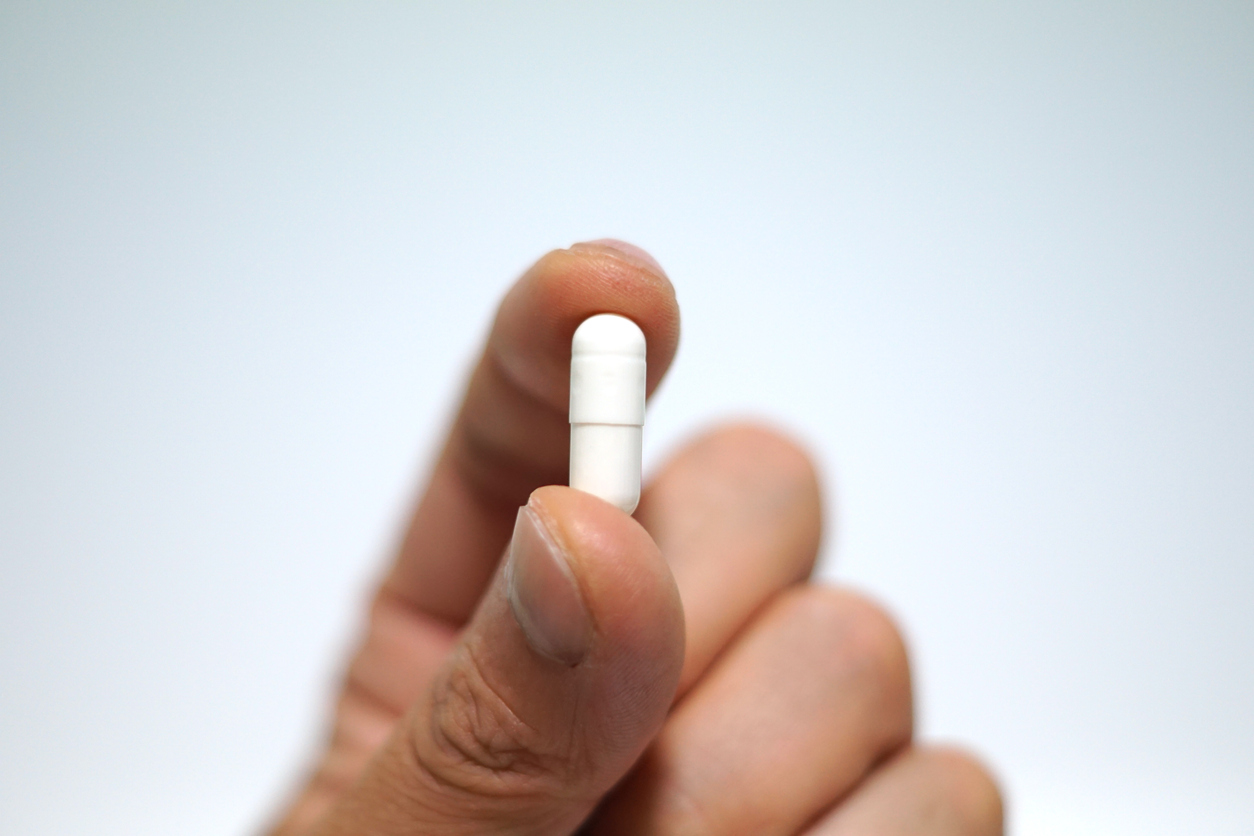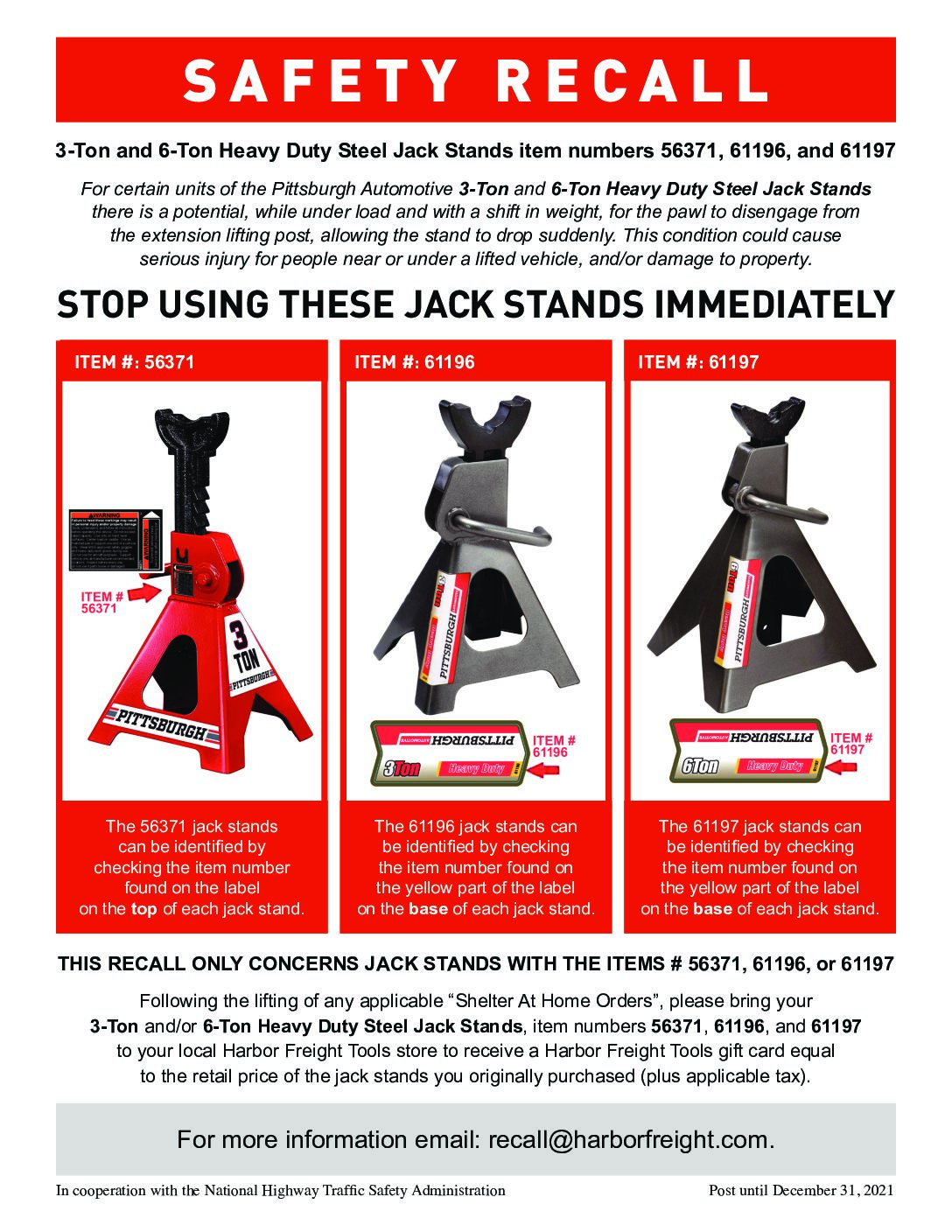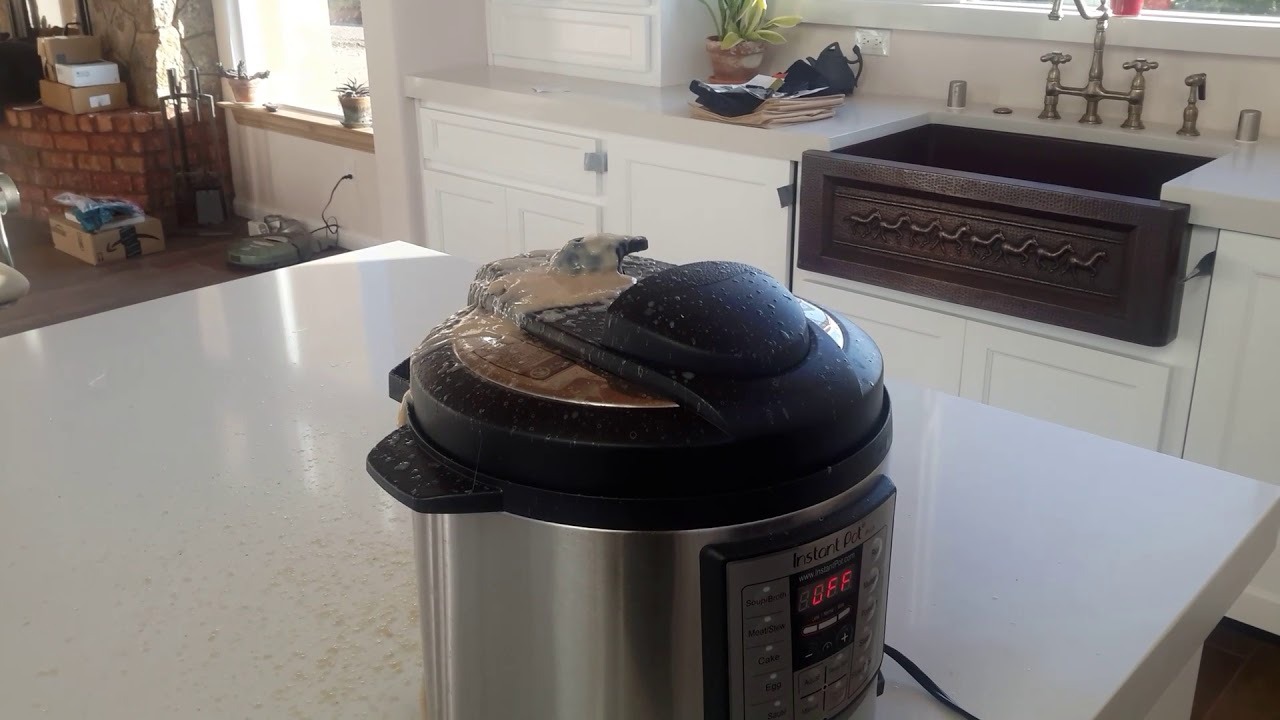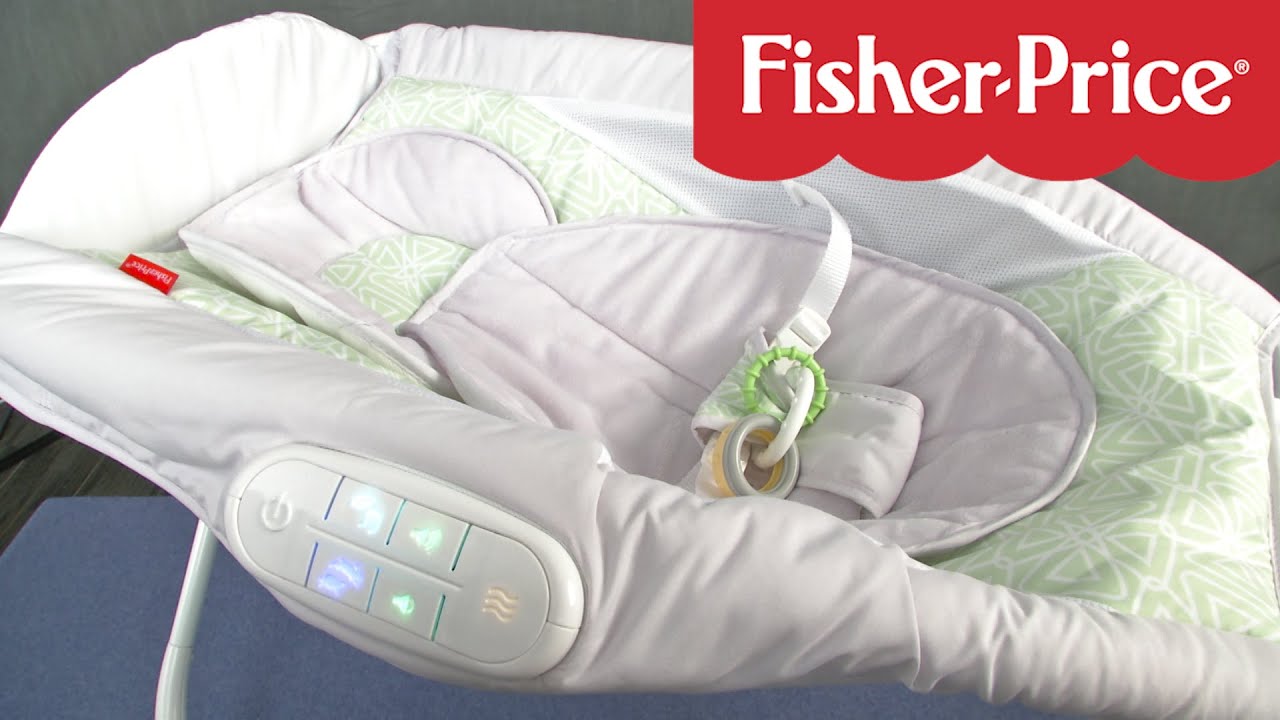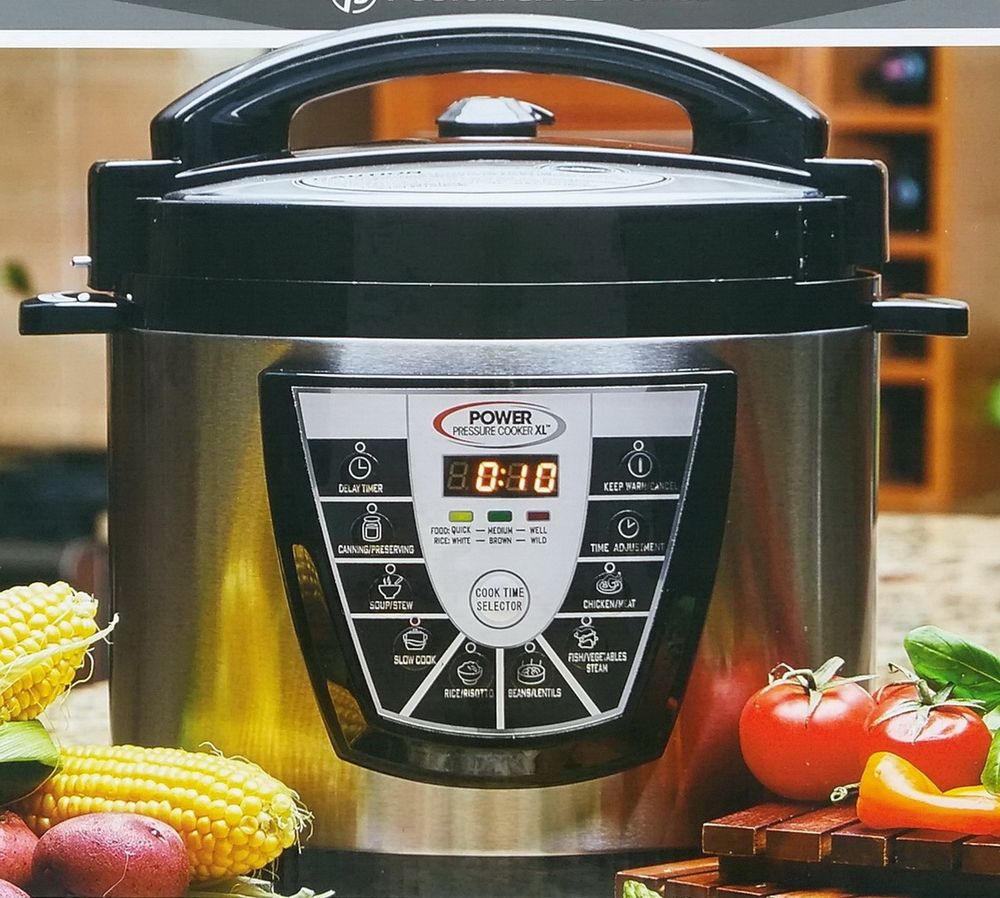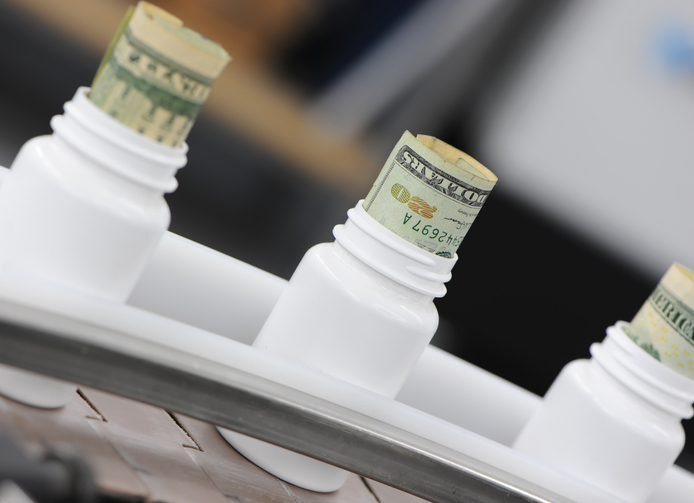
Cheaper drugs are almost always a default option for consumers of the medical market. Who wouldn’t want to ability to purchase one product nearly the same as another, but for a cheaper price?
The saying goes, “Nothing in life is free.” Invariably, there’s always a price to pay, whether literally or figuratively, and for some it might cost them their health. Especially in regards to the well-being of the people whose bodies are on the other end of the receiving line.
In 1984, the Drug Price Competition and Patent Term Restoration Act, also known as the Hatch-Waxman Act, was passed in the United States to expedite the approval of pharmaceutical drugs.
The idea behind this was to increase competition within the industry by expediting the approval process. More options would give the pharmaceutical market a steadier flow with less monopoly over one another. And though we live in a free trade society that encourages friendly competition amongst all facets of consumer life, there are certainly downfalls.
What lawmakers and drug manufacturers didn’t take into consideration, or blindly ignored, was the fact that cheaper does not always equate to better.
These were the sentiments echoed by George Bell, assistant professor of operations and decision technologies at the Indiana University Kelley School of Business.
Bell is the lead author in the recently published report, which can be accessed here. “There’s a downside to cheaper drugs,” he said. “You can’t guarantee that they’re going to be of the exact same quality.”
Bell’s team of assistant professors include Rachna Shah, an associate professor of supply chain and operations at University of Minnesota’s Carlson School of Management. And Kaitlin Wowack, assistant professor at the Department of Information, Analytics and Operations at the University of Notre Dame’s Mendoza College of Business.
They assessed the impact of the Hatch-Waxman Act on the pharmaceutical market, with detailed attention to the occurence of recalls and product quality.
The researchers indicated generic drug companies might be underreporting their discretionary recalls due to pressure to compete. Why not let the big brand names take the heat?
Over the past 12 years, they found that generic drug companies are facing more serious Class 1 and Class 2 recalls. “Our results demonstrate that as product competition increases, manufacturing-related recalls increase,” Wowak said.
Of course, the U.S. Food and Drug Administration monitors generic drugs. They are regularly audited and have to stand up to the same quality standards as the brand names. People often assume generic to be the equivalent of brand label. After all, the label on generic drugs say, “Compare to [insert brand name]”.
Though they can’t alter the composition of the generic drug, firms may face a higher amount of recalls due to cuts in sensitive areas which can have a domino effect on the outcome of the product.
For example, labor costs can have a devastating impact on drugs being placed on the market. When you hire a less skilled technician to maintain the equipment, they may not notice deficiencies that a more seasoned technician could point out.
Companies may also choose not to regularly service their manufacturing equipment, or purchase sub-par ingredients to cut down on costs.
The professors also found that managerial discretion may have an impact on announcing a drug recall. If managers are given the option to be discrete, they’re probably going to stay discrete.
The researchers surmise that the Food and Drug Administration should make changes to the way generic pharmaceuticals are inspected. Though brand names might have a steeper price on the market, they adhere to more stringent manufacturing processes than generic.
What price are you willing to pay for your health?
https://www.sciencedirect.com/science/article/abs/pii/S0272696318300202
